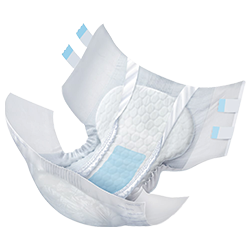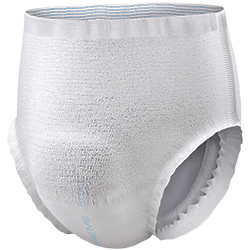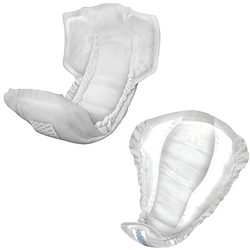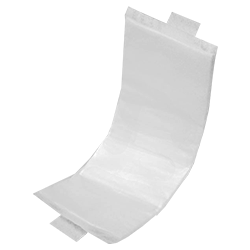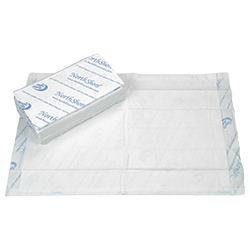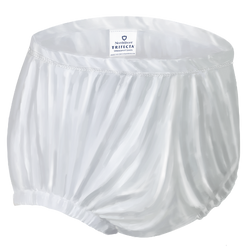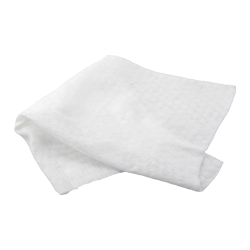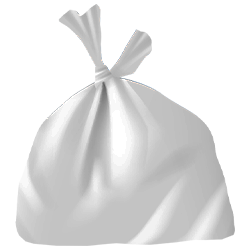How to Manage Urge Incontinence
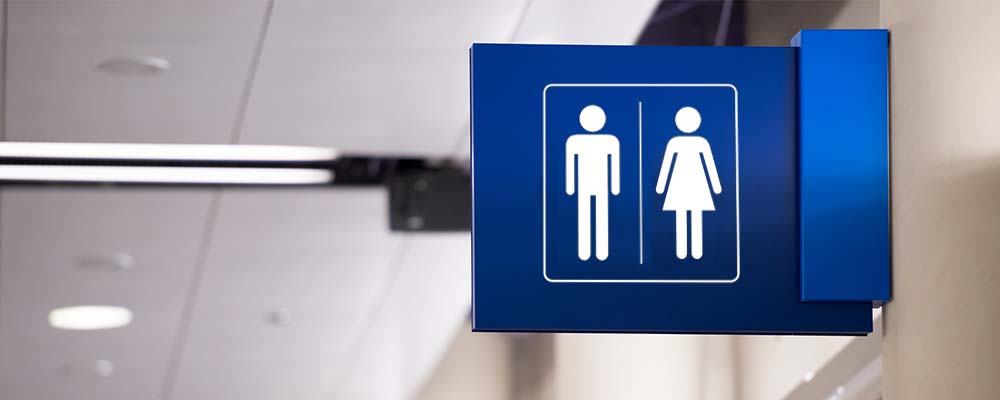
Planning activities for each day can be tough if you never know when urine leaks will arrive!
If you or a loved one is experiencing urge incontinence, getting the right information can help you handle life’s surprises with confidence. First, learn all about urge incontinence symptoms and causes, and then explore treatments and management tips.
What Are Urge Incontinence Symptoms?
As the name implies, the symptoms of urge incontinence include a sudden, urgent need to urinate accompanied by leakage. The flow of urine could be small amounts of a few drops or heavy enough to soak through regular clothes.
Urge incontinence and overactive bladder (OAB) are sometimes used interchangeably, but OAB doesn’t always include urine leaks. The Simon Foundation for Continence uses the terms “wet” and “dry” to indicate whether or not leakage occurs.
Urge Incontinence vs. Stress Incontinence
The differences and the similarities of stress vs. urge incontinence are also frequently discussed together. Stress incontinence occurs when pressure on the bladder or pelvic floor muscles triggers an involuntary release of urine. Unlike urge incontinence, people with stress incontinence typically do not feel an urge to urinate before they experience leakage.
When a person experiences both types of urinary incontinence, it’s called “mixed incontinence.” The different types generally have different causes, so each may require its own treatment.
What Are the Potential Causes of Urge Incontinence?
With urge incontinence, the bladder suddenly contracts and spasms strongly enough to overcome the urethral sphincter muscles. According to WebMD, this type of urine leakage often results from an underlying cause, such as an irritated or malfunctioning bladder or even spinal cord damage.
A number of conditions can cause the bladder to spasm, including nerve damage, stroke or even diabetes. If you believe you or a loved one has urge incontinence, it’s critical to speak to a doctor or healthcare provider about your specific medical history.
Urge incontinence risk factors include constipation, urinary tract infections (UTIs), obesity, nerve damage, pelvic surgery and prostate cancer, among others. Sometimes it can simply be caused by weak bladder muscles, or the specific urge incontinence causes may not be easily identified.
Are There Urge Incontinence Management Tips & Treatments?
Depending on the cause, your doctor can recommend a range of treatments, including medications, biofeedback or even surgery. There are also some steps people can take on their own, such as Kegel exercises to strengthen the urethral sphincter and bladder training.
Bladder training is a type of behavioral technique that works toward voiding urine on a schedule, and then gradually increasing the amount of time between bathroom visits.
Keeping a bladder diary can also help identify the cause of bladder irritation. Common triggers can include alcohol, caffeine and citrus fruits, but everyone’s body is a bit different. By tracking fluid intake and diet, you may be able to see some correlation with both timing and volume of leaks.
Where Can I Find Incontinence Products to Manage Urge Incontinence?
At the same time as working with a doctor on management and potential treatment for urinary incontinence, you can take steps to stay dry with urge incontinence products.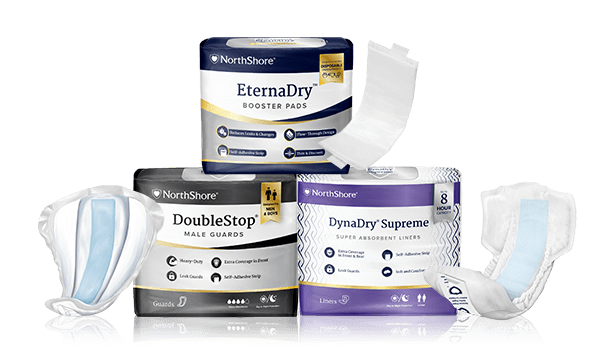 For less frequent or lighter urinary incontinence, NorthShore offers absorbent pads, liners and male guards. These fit comfortably in regular underwear as well as resist odors, protect sensitive skin and keep the wearer dry. Choose from a range of sizes and absorbency levels. If you’re experiencing more frequent or heavier urge incontinence, protective underwear, tab-style briefs and more absorbent liners can be an excellent choice. Add a booster pad such as EternaDry for added absorbency and extra protection.
For less frequent or lighter urinary incontinence, NorthShore offers absorbent pads, liners and male guards. These fit comfortably in regular underwear as well as resist odors, protect sensitive skin and keep the wearer dry. Choose from a range of sizes and absorbency levels. If you’re experiencing more frequent or heavier urge incontinence, protective underwear, tab-style briefs and more absorbent liners can be an excellent choice. Add a booster pad such as EternaDry for added absorbency and extra protection.
Although people new to urine leaks may be more familiar with protective underwear in a pull-up style, tab-style briefs allow the wearer to change without having to remove shoes and pants. That can make them more convenient if you or your loved one is often out and about.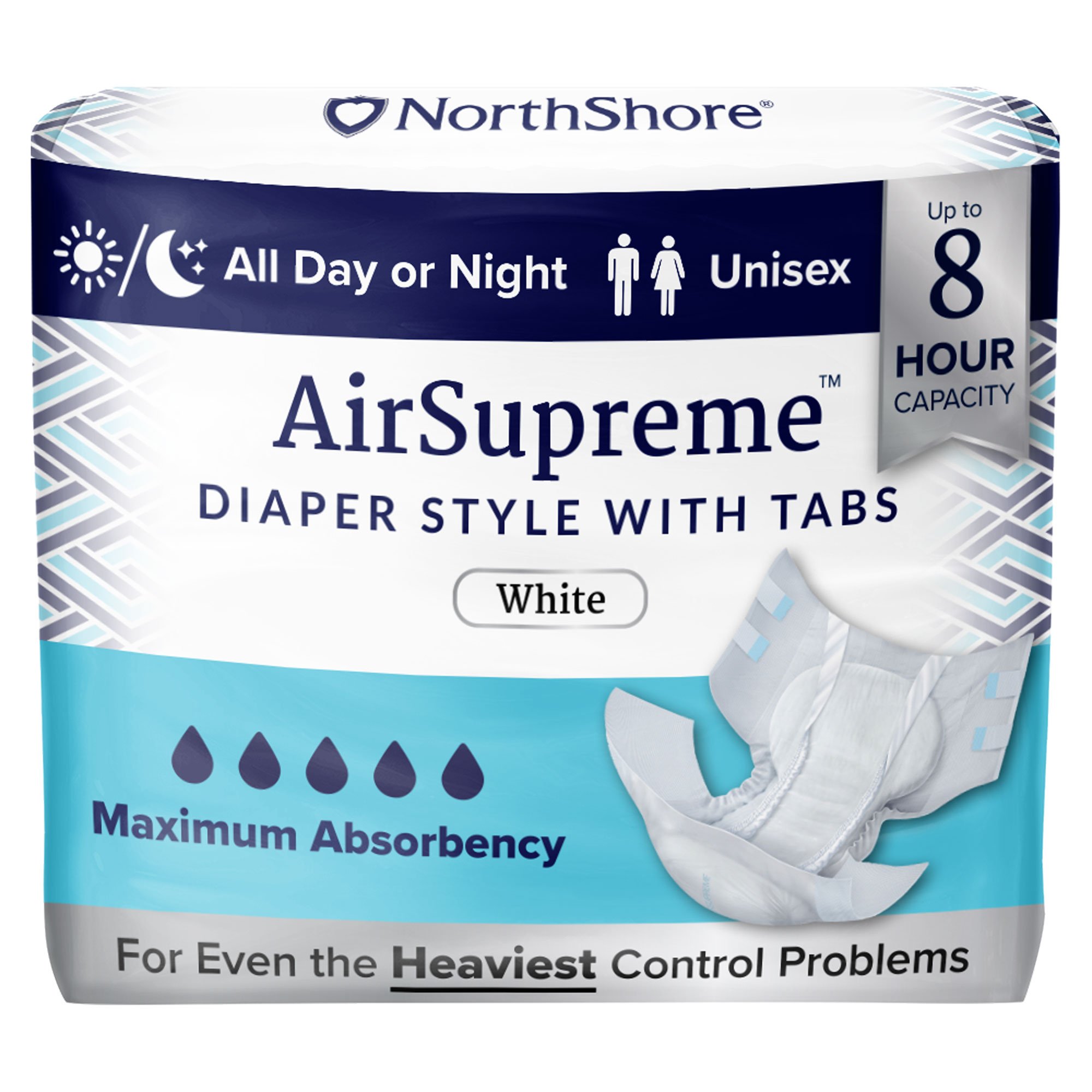
NorthShore AirSupreme Tab-Style Briefs combine breathable materials for airflow with maximum absorbent capacity (up to 45 ounces for size 2X-Large). They also have a rustle-free, waterproof exterior for discretion, and the premium quality protects against odors while promoting healthy skin.
To learn more about any of these products or others that can help you or your loved one lead a full life with incontinence, call our Customer Care experts at (800) 563-0161 or take a look at our selection of Incontinence Products.
This article is not intended as a substitute for professional medical advice, diagnosis or treatment. Speak with a physician or healthcare provider for advice or questions about your specific medical needs.
Thank you so much for reading our blogs!
Did you know NorthShore has helped millions of people manage incontinence with life-changing absorbent products? It's so amazing to hear their stories.
We also want you to know we have trained product advocates that provide a personal experience by working with each customer to find the best product for their situation.
Find out for yourself today!
To get in touch, simply provide your contact details below and your personal product advocate will reach out.
Products Featured In This Article
Starting at $3.99
FSA/HSA Eligible
Starting at $4.99
FSA/HSA Eligible
Starting at $3.99
FSA/HSA Eligible
